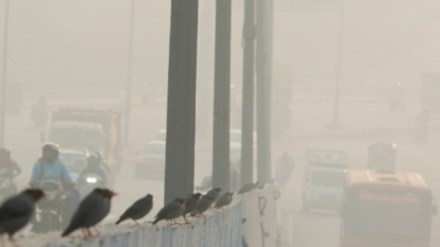A climate-tech startup has published a report identifying major pollution hotspots in Pune and Pimpri-Chinchwad, where PM2.5 levels in certain areas far surpass national safety standards, The Indian Express reported.
The findings are based on data from the Google Maps Air Quality API, integrated with Google Air View+ and the AtlasAQ platform.
“The aim of the report was to highlight pollution trends across 10 major cities in India using hyperlocal monitoring techniques from November 1-30, this year,” Founder and CEO of climate-tech startup Respirer Living Sciences, Ronak Sutaria said.
The report offers air quality trends at a high resolution of 500×500 meters. These advanced technologies have uncovered pollution patterns, providing actionable insights for policymakers, urban planners, and citizens, Sutaria highlighted.
PM2.5 – fine particulate matter smaller than 2.5 microns – is a key factor in respiratory and cardiovascular illnesses, posing significant risks to public health.
The report identifies vehicular congestion, urban construction, and rapid industrialisation as key contributors to pollution hotspots in Pune and Pimpri-Chinchwad. In Pune, areas like Revenue Colony (Shivajinagar), Hadapsar, and Transport Nagar-Nigdi were flagged as critical zones, with PM2.5 levels ranging from 60 to 100 µg/m³. In Pimpri-Chinchwad, Thergaon, Savta Mali Nagar, and Gavalinagar recorded even higher PM2.5 levels, exceeding 115 µg/m³.
